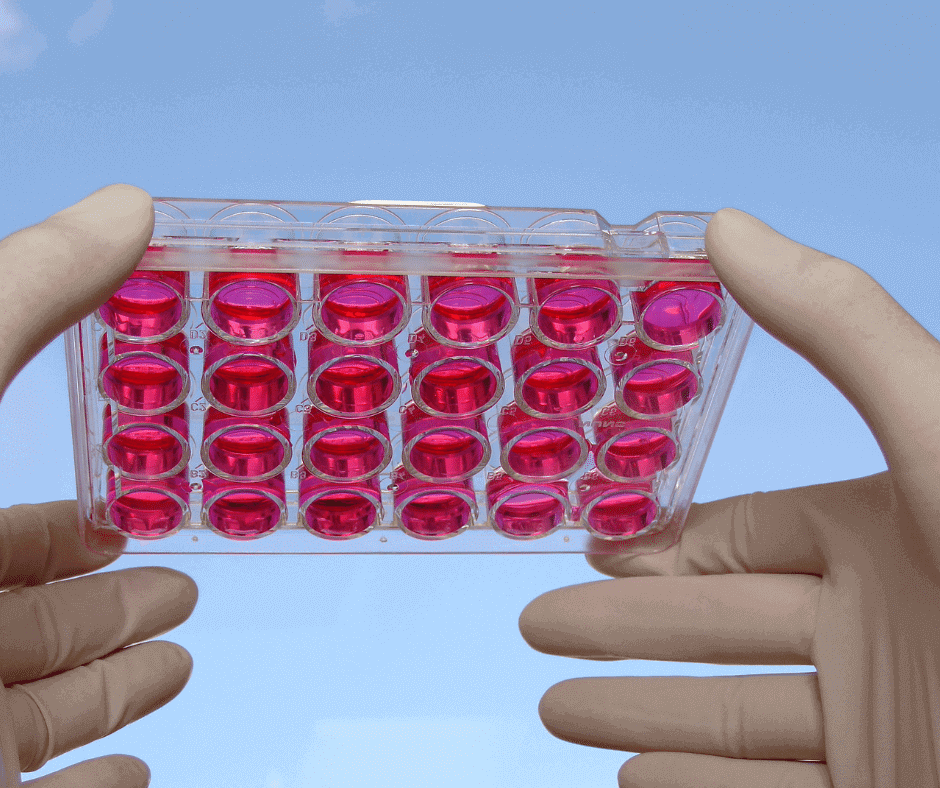As mentioned in our Classification and Grouping Guide, there are a series of rules to consider when classifying and grouping medical devices. The above-mentioned rules are fully explained in Appendix II – Supplement of medical devices of the Mexican Pharmacopeia (FEUM).
In this article we will focus on explaining strategies to classify and group In-Vitro Diagnostic products (IVDs) following simple general rules and explaining some particularities that can be found according to our everyday experience.
General characteristics of an In-Vitro Diagnostic device
In-Vitro Diagnostic products are considered as Medical Devices in Mexico. In fact, COFEPRIS does not differentiate the regulation between Medical Devices and IVDs, as it happens in other countries.
IVDs are generally comprised of reactants, controls, calibrators and equipment or devices on which the diagnosis is performed. The evaluated parameters or analytes through these IVDs are many and each diagnosis process varies depending on different factors, such as: the technology, the analytical measurement technique, the type and size of the sample and the expected accuracy/precision. All these variables must be considered during the classification and grouping evaluation.
It is worth mentioning, that IVDs can be part of a medical diagnosis equipment and sold together with it, but in terms of their regulatory treatment they are considered as independent medical devices. A glucometer is a good example, since the device itself is considered as medical equipment and the test strips as IVDs.
Every point described so far has regulatory implications that we will explain in the following sections.
Classification according to the level of risk
In-Vitro Diagnosis products are classified as Class I or II depending on the diagnosed parameters. In general terms, the Classification and Grouping Rules state that those IVDs related to highly infectious or life-threatening diseases should be considered class II medical devices. The rest are class I.
Regarding the class II IVDs, some of them also require local test evaluations that complicate the regulatory process. As a note, during the pandemic, IVDs related to COVID-19 were considered class II medical devices. This is still confusing, if we compare the mortality rate of other IVDs still defined as class I supplies.
Finally, regarding the equipment, they are usually defined as class I or class II. The decision depends mainly on the intended use, the level of contact with the patient and more importantly, on the impact that the response might have on the patient. At the moment, if the equipment is for research or laboratory use only, it does not require an approval to be sold in Mexico.
Grouping for Sanitary Registration purposes
From a general standpoint, the grouping criteria states that any solution or reactant intended for the same parameter or analyte, could be grouped in one registration. Even though, this grouping criteria prevails in most cases, it does not specify how to group the diagnosis devices or equipment. In such cases, the test strips/cuvettes are registered separately from the equipment.
Thanks for reading this article, if you have any question about this topic, feel free to contact us at contact@veraqueconsulting.com or check our guidelines.

